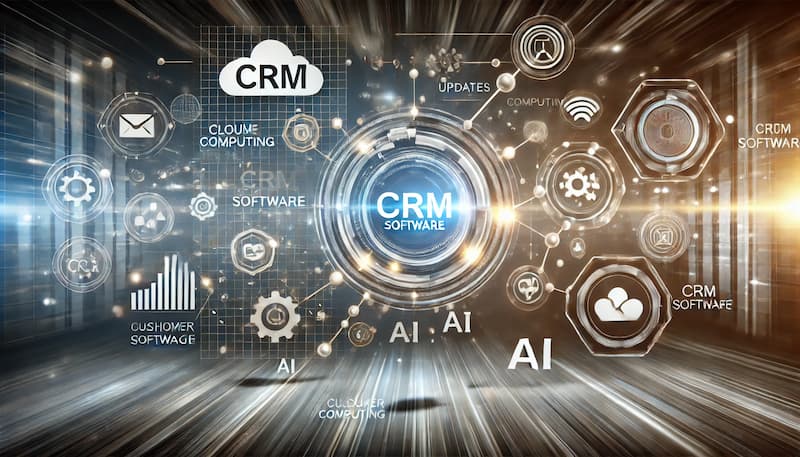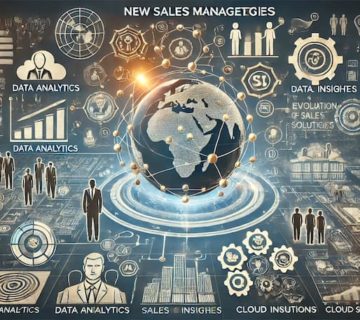Software updates CRM
Customer Relationship Management (CRM) software has become an essential tool in improving customer communication and managing business information. This article explores the history and evolution of CRM software from its early inception to the present day, examining key updates along the way.
Updates in CRM software
The Beginning and Creation of CRM Software:
In the early 1980s, with the emerging need for better customer relationship management, Customer Relationship Management (CRM) software first came into existence. At that time, these software systems were simple and basic, performing only preliminary customer relationship tasks.
Initially, the use of these software systems in businesses was limited to similar commercial and sales industries. However, over time, the need to improve customer relationships and better manage business information led to the development and enhancement of these software solutions.
CRM Software Upgrades in the 2000s:
In the 2000s, CRM software began to enhance features and key developments. These upgrades included broader capabilities for managing customer relationships, tracking sales, and generating more complex reports. The new generation of CRM software helped businesses improve sales processes and customer service.
Integration with Advanced Technologies:
In the following decades, integrating CRM with advanced technologies like the internet and automation tools led to new features being added to these systems. These integrations allowed businesses to manage customer relationships more effectively, predict customer needs, and optimize sales and service processes.
CRM in the Digital and Cloud Era:
In the digital and cloud era, CRM software transitioned to cloud-based environments. This change allowed businesses to access their CRM systems from anywhere in the world and store customer data securely in the cloud. These changes in CRM architecture had a profound impact on security, capabilities, and efficiency.
Updates and New Versions:
Ongoing updates and the release of new versions of CRM software are critical. These updates improve CRM performance, security, and features. Some updates play an essential role in improving data access, reporting, and incorporating emerging technologies.
Future Expectations for CRM Software:
It is expected that technologies like Artificial Intelligence (AI) and Machine Learning (ML) will play a significant role in CRM development. These tools can automatically analyze customer data and assist in making better decisions regarding customer engagement.
In the future, user experience with CRM systems will become even more important. Modern user interfaces, more mobile-friendly designs, and increased customization options are some of the expected changes.
The Internet of Things (IoT) will allow businesses to monitor and track products and services more accurately in the CRM space. For example, IoT-connected devices can provide valuable insights into how customers use products.
The 5G technology will provide faster and more reliable communications. This technology can improve communication and customer data transmission in the CRM environment.
IoT technology will allow us to interact with objects and devices. This change will alter customer interactions with CRM systems, providing businesses with better data and insights.





Without comment